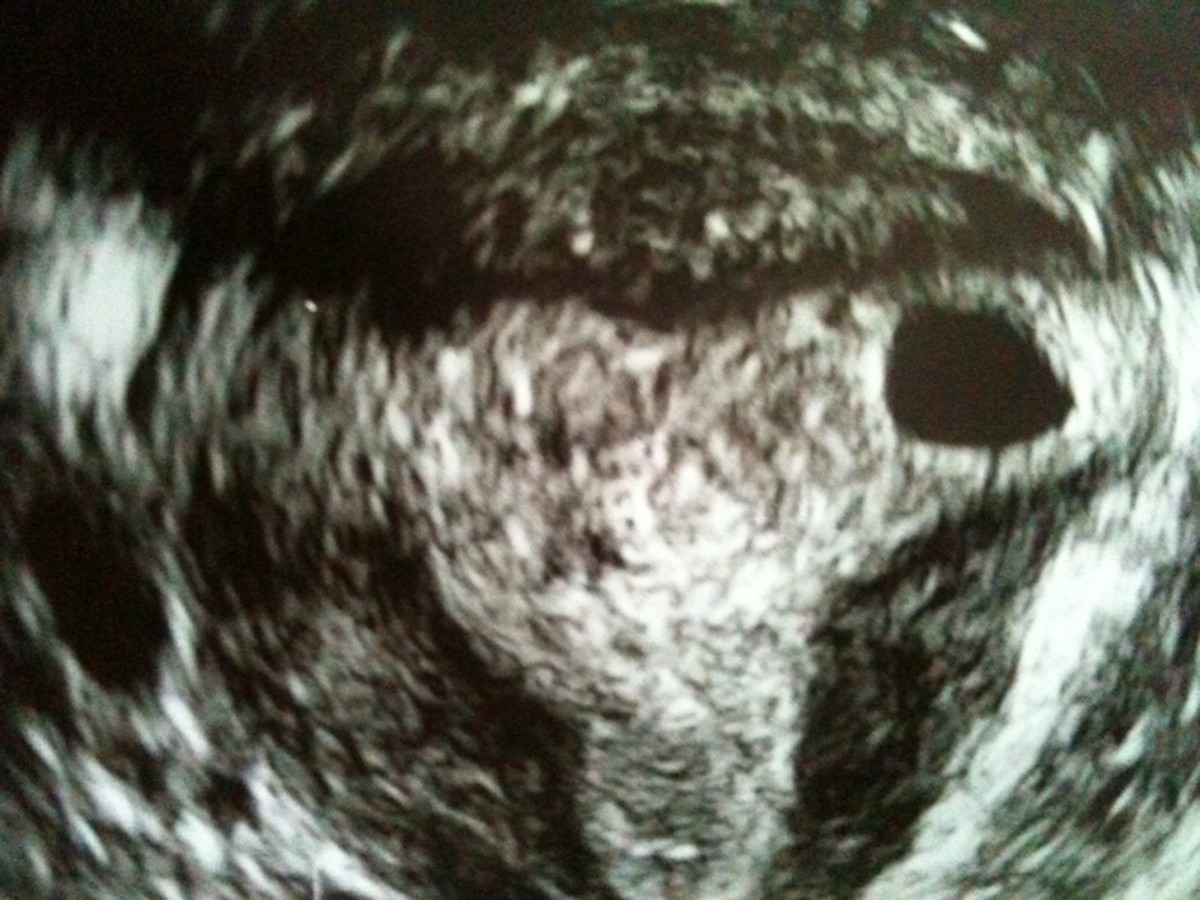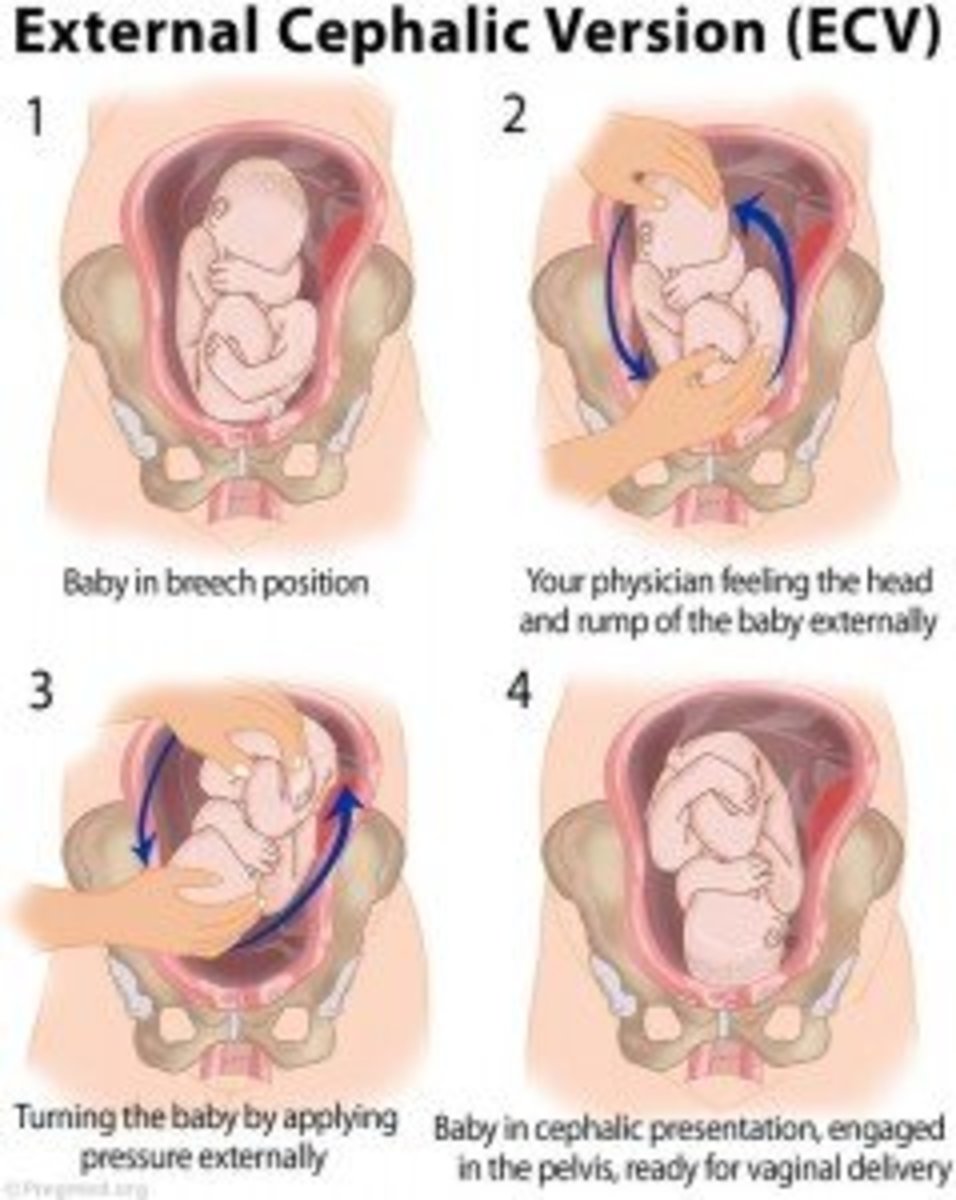- HubPages»
- Health»
- Women's Health»
- Pregnancy
Having a Baby | Stage I of Gestation | Sperm Approaching Egg

Pregnancy is a God’s gift for a woman and the whole family but for women the time of pregnancy is most important because in her body all the changes are taking place which include feeling of breast tenderness since the onset of pregnancy, feeling of nausea and vomiting due to the hormonal changes plus nine month’s time of development of baby in her womb. During this time of life, a woman is full of excitement and curiosity. Though most symptoms of pregnancy are common like nausea, vomiting, breast tenderness, some symptoms may differ from person to person like some women will feel nausea during their pregnancy and some don’t. Some will feel leg cramps and some don’t. Also, the whole pregnancy is divided into 3 trimesters of development and today I will explain to you the first stage of pregnancy also called as stage I of gestation. I promise to complete 2 different stages in my upcoming hubs. These stages of pregnancy are so interesting to read because they take you through an amazing ride of development and nourishment of a new life inside your body. Having a baby is a lovely experience. Isn’t it?
Stage I of Gestation: Sperm Approaching Egg
The period in between 14 and 16 days of a menstrual cycle, ovaries expel a mature egg, which is suitable for fertilization. Sometimes, it happens that ovaries expel more than one egg so this becomes a case of multiple pregnancies which in simple words means “giving birth to twins”. Usually, ovaries only expel one egg. The egg travels through the fallopian tubes and then leads to the uterus. In the period that ovum is ripe in fallopian tube, fertilization can occur by sperm contained in semen ejaculated by the penis. Once the egg gets fertilized, it leaves fallopian tube in a period of one week and then stays in uterus and then is set to grow slowly and steadily and then it forms a fetus and a placenta. Placenta is attached to uterine wall and is responsible for providing nutrients, hormones, and oxygen to your baby for his/her overall healthy development. The connection between the fetus and placenta is then carried out via the umbilical cord which includes one vein and two arteries.
Formation of Amniotic Fluid
The umbilical cord also begins the formation of a protective layer of fluid known medically as amniotic fluid. The function of this natural elastic like fluid is to protect the fetus from external pressures by providing a cushion like support.
Confirmation of Pregnancy
In this early stage of pregnancy, a woman feels the first symptoms of pregnancy from the moment a woman has a menstrual delay and is expecting pregnancy. The pregnancy can be confirmed through an HCG urine pregnancy test strip which is sold over the counter at most local pharmacies around the world. These test strips are very reliable and have a certainty rate of 99%. In case a woman is positive on the home pregnancy test, the next important thing is to consult a doctor from very beginning of pregnancy.Consulting a Professional Gynecologist
It is important to consult a professional gynecologist who is well experienced in the study and application of evolution of pregnancy, stages of gestation, and women’s health. The doctor will also help you go through the month and month of your pregnancy so that you do not miss anything and your pregnancy goes well. Also if there is some problem, doctor will help in getting out of that problem by paying proper attention to your case. Your gynecologist will also send you to get ultrasound every month to analyze and study each stage of your pregnancy and to keep an eye on your baby’s overall growth and development. This will also ensure you and your family that all is well with you and your baby.
A normal pregnancy lasts approximately 280 days, 40 weeks counting from day 1 of your last menstrual period. Pregnancy is usually divided into 3 stages or trimesters, each containing 12 to 13 weeks. In my next hub, I will explain you about the first quarter (first month to third month of pregnancy). Be happy and have a baby that is healthy and always smiling. Best of luck.









